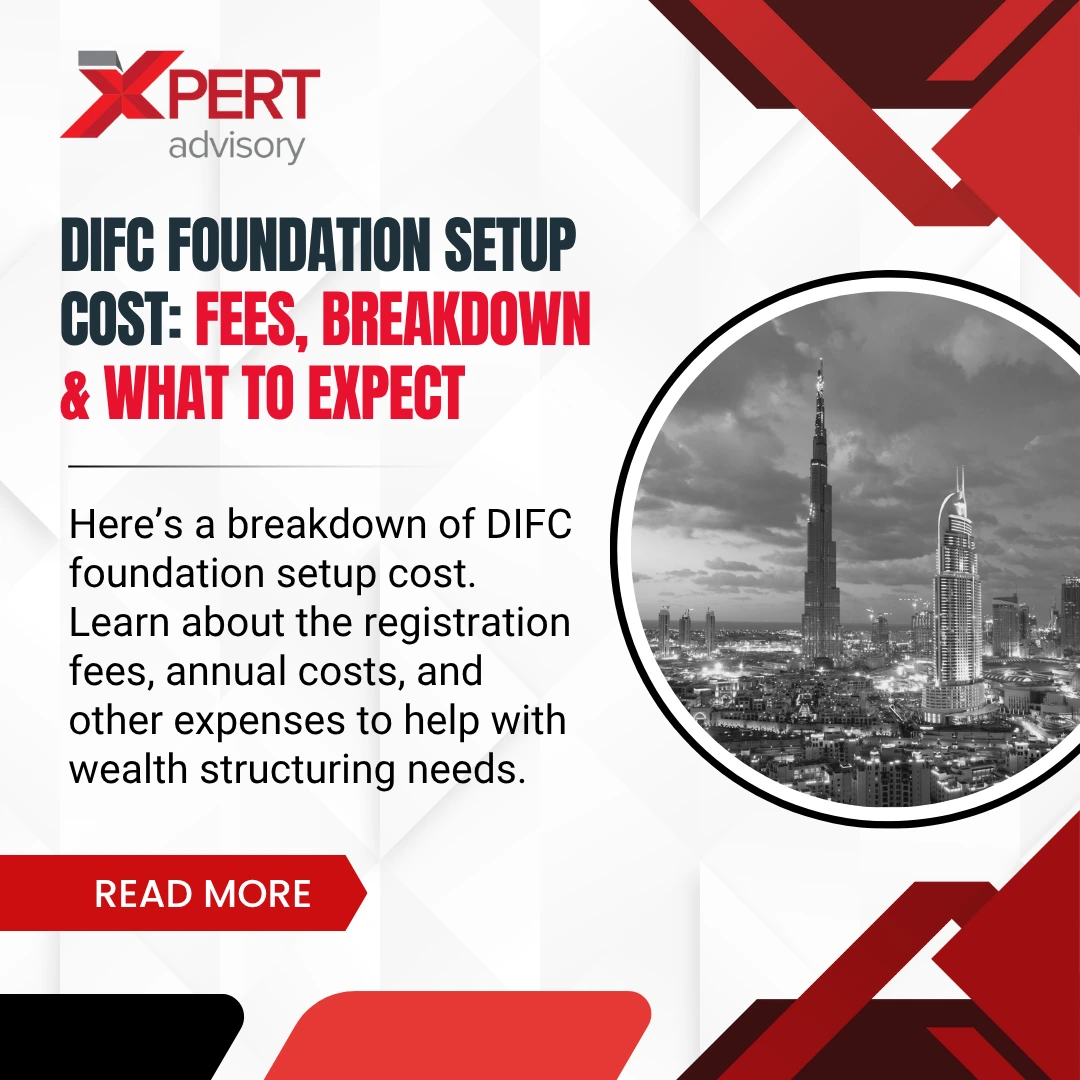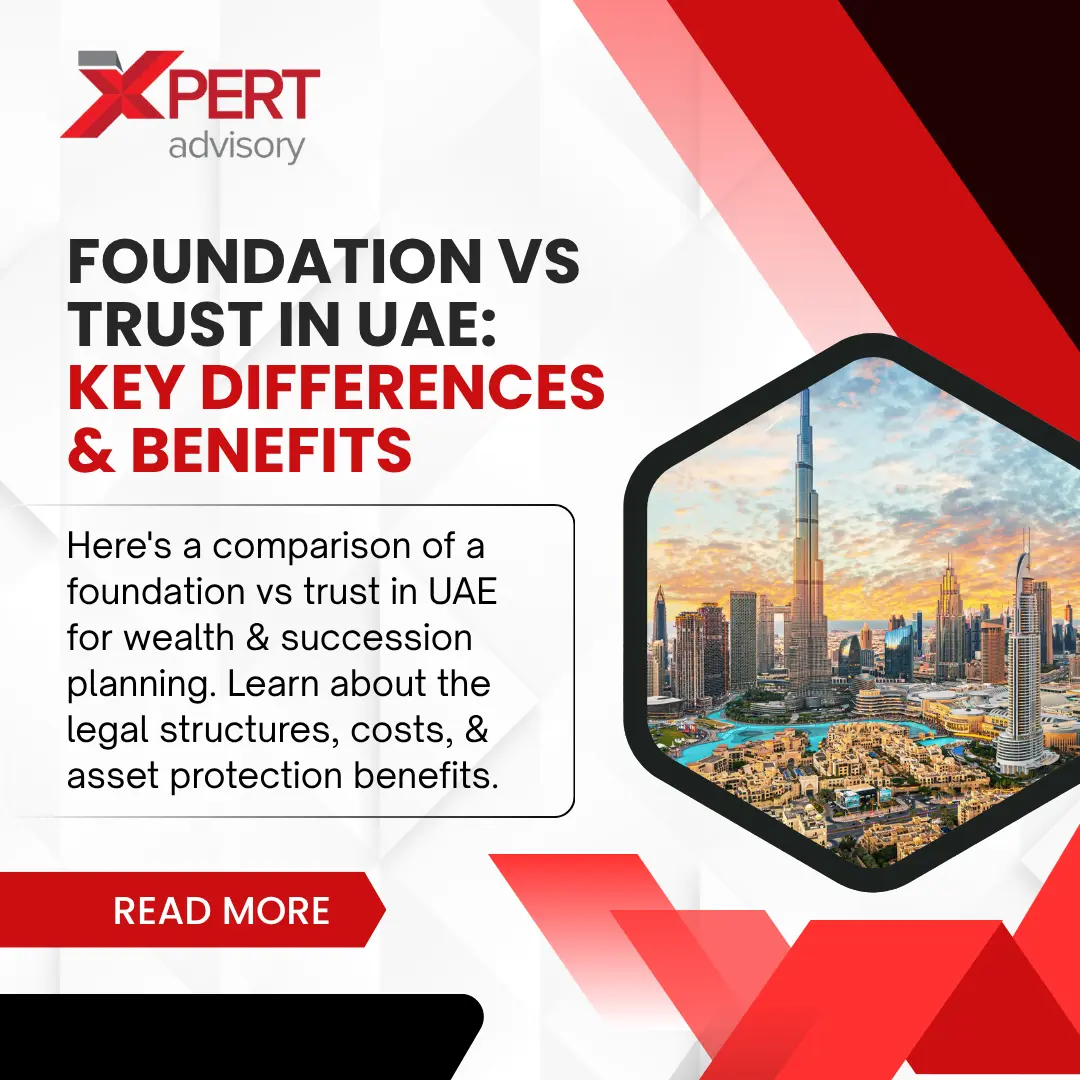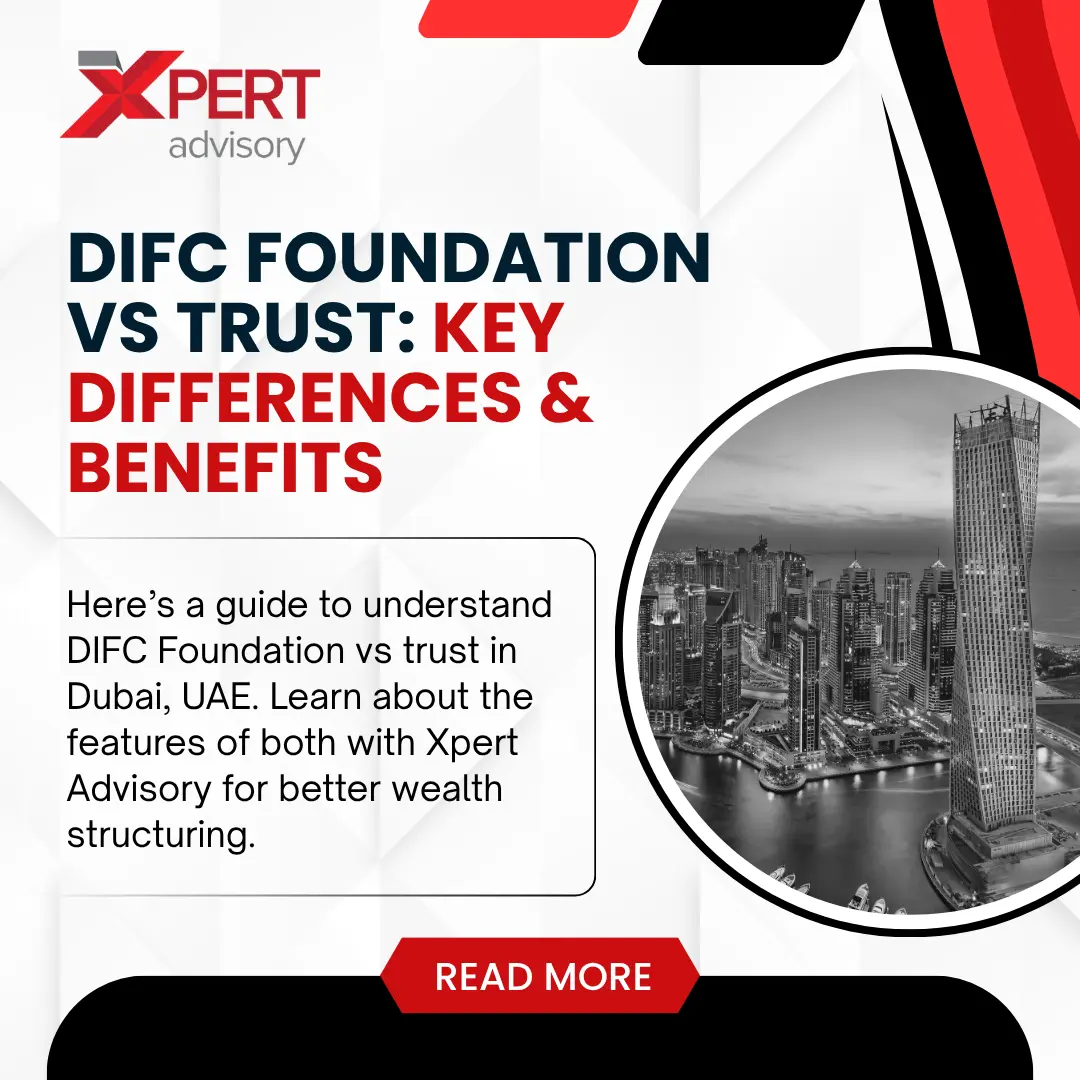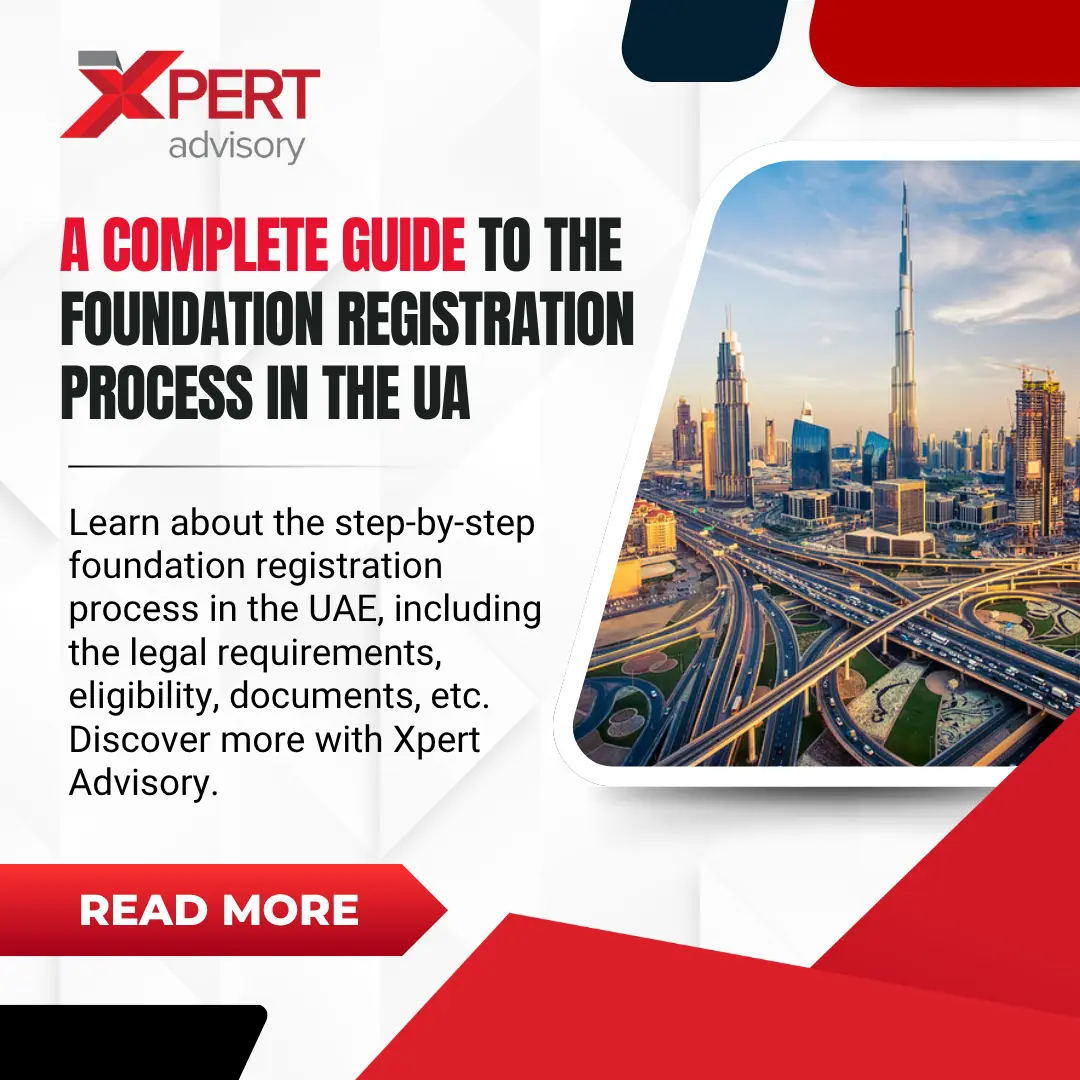Money laundering represents a higher risk of criminal activity that puts potential risk impacts on society. Money laundering or terrorist financing presents enormous risk scoring factors, which may include legal penalties, financial threats, and damage to reputation. So, in this article, we will examine the types of risk associated with money laundering, which pose threats to banking sector businesses and the entire financial industry.
13 Risk Factors Associated with Money Laundering
The following are the 13 common types of risk associated with money laundering:
- Customer Type Rating

Customer type rating represents an institutional classification method that sorts consumers according to their profiles and risk potentials while factoring in business characteristics, credit history, and institutional partnership strength. The range of customers extends from typical low-risk clients who want straightforward financial services to high-risk clients who require advanced and expensive transactions.
Moreover, corporate customers cover two groups: transparent, low-risk institutions and complex businesses that handle large amounts of cash. Non-profit organisations carry low default risks except when operating in areas that raise suspicion or fraudulent sectors.
- Geographic Risk
Geographic risk evaluation determines potential threats from customers based on their residence country, business operation sites, and transaction start and endpoints. The political and economic conditions and regulatory aspects of all participating regions impact the risk level. Those lacking a strong anti-money laundering risk assessment process and having active conflicts are considered high-risk jurisdictions.
In contrast, jurisdictions that maintain robust AML risk assessments and best practices of due diligence fall under the low-risk category. Customers from countries with strict AML regulations represent less risk than those operating within red flag regions.
- Transaction Amount and Frequency
Transaction monitoring evaluates how frequently new customers make transactions and their total value against accepted thresholds per customer records and common industry figures.
Banks should monitor real-time large transaction amounts and inconsistent high volumes of transactions since these confirm potential money laundering cases. Abnormal multiple high-value transactions beyond their typical volume, which appear from a small business, will trigger involvement in illicit activities such as money laundering suspicions.
- Industry and Business Type
High-risk money laundering scenarios exist in particular industries and business segments because of their prevalence of cash transactions and marketable high-value goods.
Money laundering attacks mostly affect businesses with heavy cash flows and those who sell luxury merchandise, precious metals, and properties. The examination process for jewellery store businesses selling high-value merchandise exceeds the inspection norms applicable to grocery stores.
- Length of Relationship
An institution must evaluate the risk involved by assessing the duration of customer relationships since established partnerships indicate less exposure to fraud than recently acquired or casual accounts. Customers who maintain long-term relationships and consistent financial stability present fewer security risks than new account holders who start their relationship with large transaction amounts.
Moreover, savings account users who have remained with the institution for ten years demonstrate reputational and lower risk status than customers without a financial track record.
- Adverse Media and Sanctions
Negative information and sanctions affecting individuals or entities are assessed through media reports, regulatory filings, and watchlist records. Customer risk profiles become elevated when their activities link them to financial crime, thus requiring enhanced due diligence from the financial institution.
Similarly, institutional customers under sanctions or engaged with embargoed countries activate higher risk procedures. The rating system considers financial fraud-related news reports about customers to establish their risk classification in a higher category. Without such connections, the risk rating remains lower.
- Politically Exposed Persons Status
PEP stands for Politically Exposed Persons, which describes anyone who maintains an important political post or possesses powerful political capabilities because of high levels of corruption. The direct PEP occupation group comprises public officials who directly occupy important offices, while indirect PEPs comprise family members and close associates of these public figures.
Being a senior government official or associating with their close relative designates a person as high-risk, thus requiring enhanced customer due diligence.
- Regulatory Reporting Risk
Evaluating regulatory filing reports against businesses or financial transactions determines regulatory reporting risk to discover possible illegal activities. Suspicious Activity Reports (SARs) and past regulatory actions against a customer’s behavior influence their risk rating. A business with many regulatory reports is an indicator of higher risk to financial institutions than organisations with little regulatory history.
- Country Risk
A transaction facing risks from high-risk geographic areas or under international embargoes represents a country risk. However, it has connections with geographic risk specifically because it directly impacts transaction security. The review process for transactions is more intensive for embargoed or high-risk countries. Transactions involving internationally sanctioned nations will face an elevated risk classification compared to executing operations in low-risk countries.
- Artificial intelligence and Deepfakes

The National Crime Agency (NCA) deems generative AI as the foremost threat facing the fraud landscape. Generative AI enables fraud offenders to get sophisticated tools like large language models (LLMs), voice cloning, and deepfakes, which have become easier to obtain and abuse.
Deepfake technology has become broader because artificial intelligence allows fundamental changes in the cybersecurity domain. The technology known as Deepfake allows video or sound recordings to customise human features with alternative material so the fake content appears genuine.
Manipulated audio, imagery or text thrives because of tools developed with deepfake technology. Moreover, deepfake technology used for harmful purposes will create enduring fraud vulnerabilities likely to materialise.
- Conveyancing Fraud
Properties attract criminal attention because these fraudsters intend to obtain money transfers from clients who buy properties. Theft of significant funds has become a common deceitful practice against homebuyers.
Payment diversion scams represent banking fraud that makes criminals impersonate specific people to redirect payments from intended recipients to their unauthorised bank accounts.
Techniques used by criminals include:
- Hacking into email chains
- Creating a fake seller’s identity
- Stealing a seller’s identity
- Setting up a bogus law firm
Hackers aim to obtain sensitive information through phishing or vishing tactics by pretending to be trusted entities. Moreover, conveyancing fraud exists across different societies, but small and medium-sized businesses inherently carry higher danger when it occurs.
- International Bribery and Corruption

The National Crime Agency identified certain sectors that face a “high likelihood” for international bribery and corruption to strike.
- Energy
- Extraction
- Construction
- Metals
- Defence
- Transport
- Finance
Offshore corporate entities and trusts provide criminals the primary tool for concealing the financial proceeds generated from corrupt activities.
- Money Mules
Money muling occurs when criminals instruct people to move their criminal financial gains. The procedure appears through numerous expressions. Bank account owners usually receive cash payments from criminals to transfer funds through their financial accounts. A sophisticated web of mule accounts transports the money from one account to another.
Part of the money muling population actively participates in money laundering schemes. However, many money mules fall into the category of vulnerable individuals who have been taken advantage of by criminals.
Final Words
Knowing the different types of risk associated with money laundering helps businesses and financial institutions stop criminal activities effectively. Every risk category requires constant surveillance, including customer profiles, regional locations, and AI-based fraud and conveyancing scams. Thus, establishing robust anti-money laundering controls, regulatory enhancements, and public education programs better protect your financial environment from risks.
Does your business have the capability to combat money laundering risks? Xpert Advisory provides businesses with expert guidance, robust AML compliance software, and advanced risk assessment for operational protection. Contact us to strengthen compliance practices and protect your enterprise from financial risks.
FAQs
What Risks are Developed Because of Money Laundering Practices?
Financial transactions from illegal sources create risks because they merge with legal economic activities, thus avoiding detection. The current world political climate leads to additional threats in preventing money laundering and terrorist financing operations.
What Specific Activities Carry High Risks for Money Laundering Operations?
High-risk money laundering areas continue to exist in the same traditional financial sectors, such as money service businesses and financial services, as well as cash-based businesses.






